Updated 11/20/2023 In the elementary classroom, reading test prep can feel like a long, torturous journey of practice tests and skill review that both students and teachers dread. But, by teaching students powerful test-taking strategies that support reading comprehension and critical thinking, students can build strong reading habits AND perform better on tests. Here, you’ll find engaging reading test prep strategies that skyrocket student success on state tests (and all reading tasks!). Learn more in my Reading Test Prep 101 Pack!
Reading Test Prep Strategies THAT DON’T WORK
After years of teaching in testing grades, I’ve learned a few things about what brings success when it comes to reading tests. In many classrooms (including my own at one point), the go-to methods for reading test prep are lots of practice passages and tons of skill review outside of the context of real reading. Students WILL NOT gain confidence, reading comprehension, or test-taking skills from repeated passage practice, and although some out-of-context skill review can be helpful, the real learning happens when students apply those skills within a text.
Engaging Reading Test Prep
The most important and impactful standardized test prep happens in collaborative settings where students are required to voice their own thinking, prove their ideas through text evidence, and consider other’s perspectives. Students need ongoing opportunities to think, reflect, and dig into challenging texts with the guidance of the teacher and the support of fellow classmates.
One easy way to accomplish this is by applying a Book Club model to your reading test prep activities. Rather than students working alone to read a passage and answer questions, use that passage as the focus text for small group discussions. Challenge students to predict, ask questions, draw conclusions, and back up their inferences with text evidence. Many students are trained to do this with real books, but never practice these skills with reading passages in testing situations.
Hands-On Reading Test Prep
Just as in math, students need to touch, move, search, and discover as they explore new concepts. One of the simplest and most powerful strategies I’ve found is to let those kids tear the test apart! (The practice version, that is.) Provide students with a passage and questions, and then have them physically take it all apart. Students love this!
I like to do this first as a class, then in partners, and then independently, all over the course of a month or so, to give students guided support as they learn. Have students cut the questions apart (run on one side only), and then physically move the pieces to match where they find the answer in the text. They can glue them in place as they work. This activity can be highly engaging for students who typically struggle with the boredom of normal reading tests and will help them make sense of what it means to “go back to the text.”
Another bonus of this activity is that students will discover that some questions don’t have a given answer “right there” in the text. Instead, you’re forced to use multiple parts or even the text as a whole to answer the question. We group these trickier questions off to the side and use them to discuss what strategies work best when the answer isn’t given in the text. I like to have the students color-code their questions and answers to add another visual aspect to the activity.
Reading Test Prep Strategies To Teach and Practice
Many reading test prep strategies include a rote set of steps, such as underlining the title or circling keywords. The problem is that students act out these steps without applying the important thinking work that should go with them.
Teach students meaningful thinking habits that can be used and applied every time they read a passage or take a test. Practice these strategies together, in small groups, and in partners. I created the SMART Strategies acronym to help my students remember the important routine we use with any reading test or passage. The acronym includes all the steps that I’ve found make the biggest impact on student success during reading tests.
S: SCAN AND PREDICT
Students look over the entire passage, noticing headings and other text features. The goal is to get a feel for what they’ll be reading. What type of text is this? (fiction, procedural, persuasive, poetry, etc.) What might be the author’s purpose? Where might tricky answers be hiding?
M: MAP TEXT FEATURES
Step two is to home in on those text features. Test-makers love to hide answers in text features such as maps, diagrams, charts, and captions. Students analyze the text features and get as much information as possible, before beginning their reading.
A: ADD NOTES AS YOU READ
Next, students begin reading the passage. As they read, we jot notes in the margins. I encourage students to think about the main idea of each paragraph or section and leave a word or phrase that will remind them of the big ideas. Some students also use symbols or quick sketches as reminders.
R: RETURN TO THE PASSAGE FOR EVIDENCE
After reading, students begin answering questions. For each question, they must RETURN to the passage and find evidence to prove their choice. I have students color-code (questions to answers) or jot down the number of the question by the answer.
For questions that require inferring or combining information, I encourage them to put a star next to the question to show there wasn’t a specific spot in the text to find the answer. For example, this would apply to summary questions or questions about what might happen next.
T: TRY OUT ALL ANSWERS
The last strategy we focus on is the importance of looking through all the answer choices. I explain to students that test-makers love to include a “good” answer in one of the first choices, but there is often a BETTER answer if they keep looking. The goal is to find the BEST answer.
Better Reading Comprehension and Success on Tests
These strategies have made a HUGE difference in my students’ success on tests. They are also strategies that can help students become better readers in general. Scanning first, noticing text features, and going back to the text are powerful tools for any reader.
As discussed in Standardized Test Prep Tips, we do a lot of interactive, hands-on work with reading tests. We sort questions by type, we chop passages apart, and we discuss answer choices. Students take notes about the different strategies and practice them in multiple contexts.
Reading Test Prep Strategies 101
I’ve collected all my favorite reading test prep strategies into one handy pack that can be used with any grade-level. Just grab some state-released tests or district benchmark tests and guide students through becoming efficient and effective test-takers.
Happy test prep everyone! For more powerful strategies, take a peek at 3 Keys to Preparing Students for Standardized Testing! May your students rock those tests!


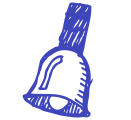

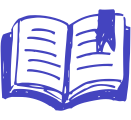

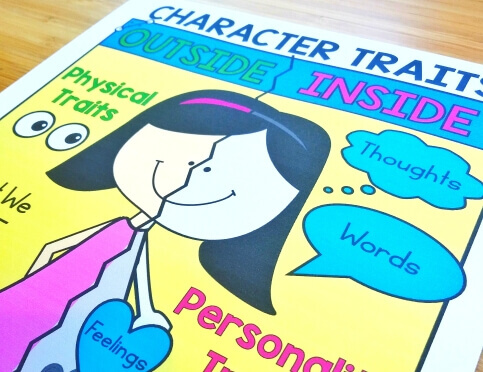
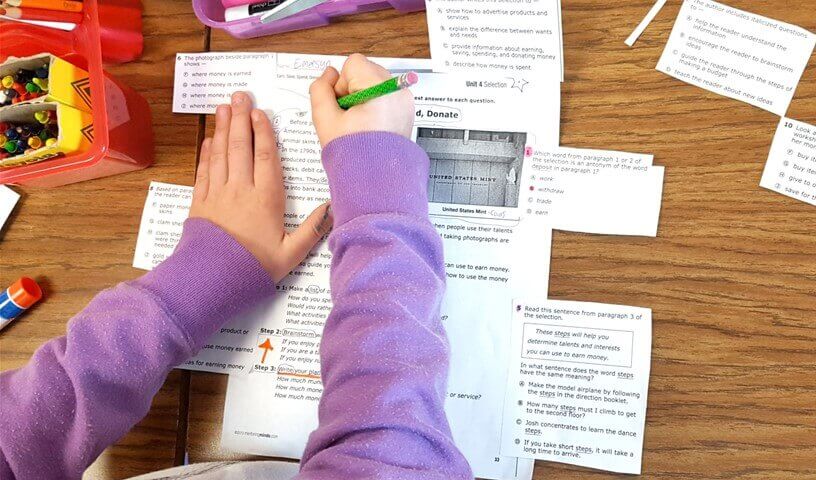
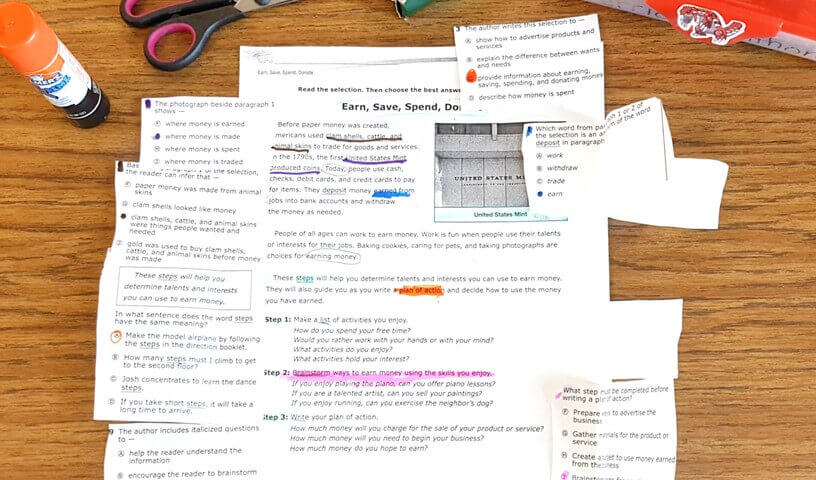
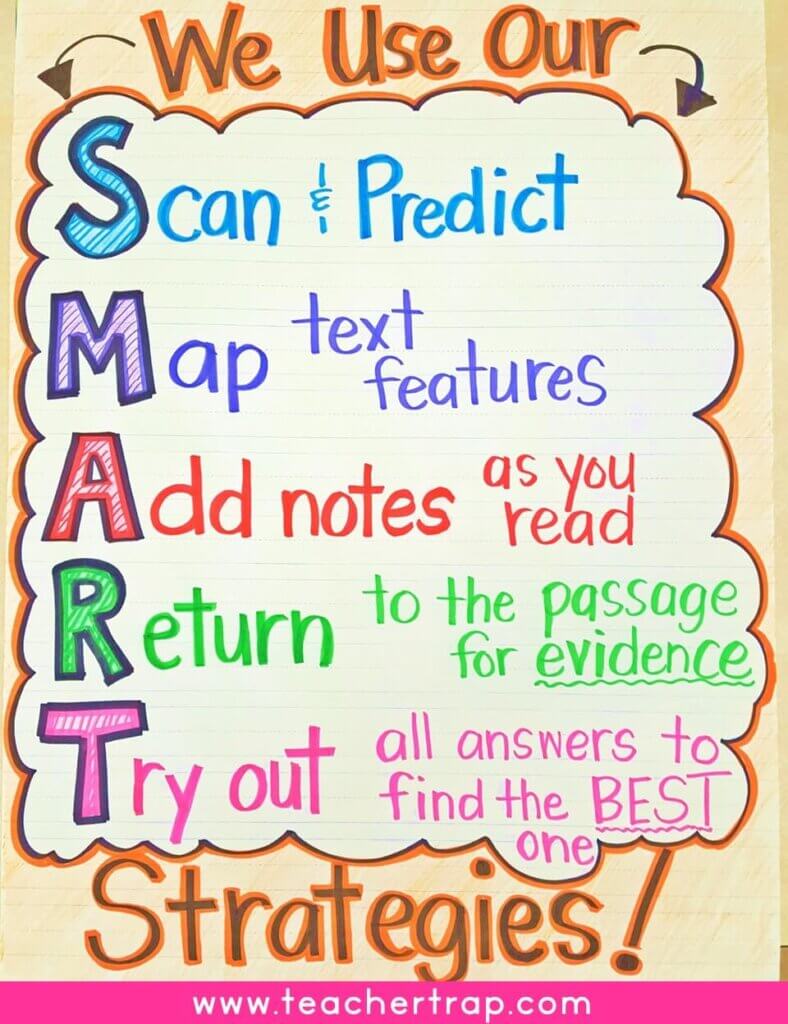
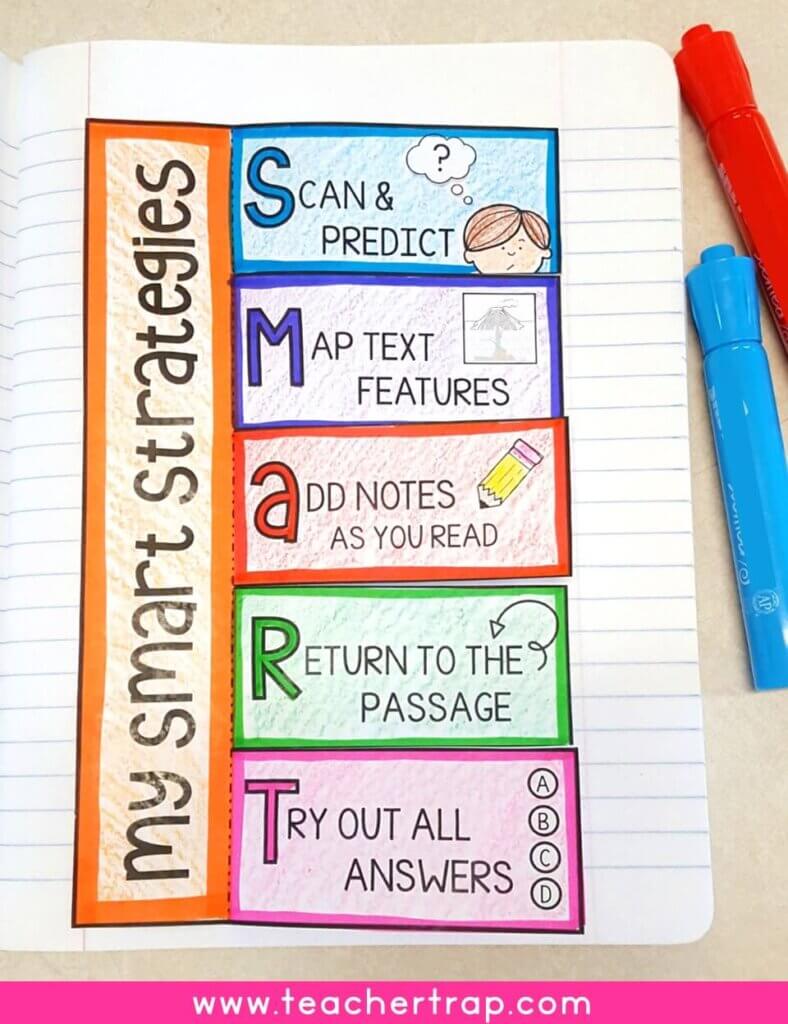
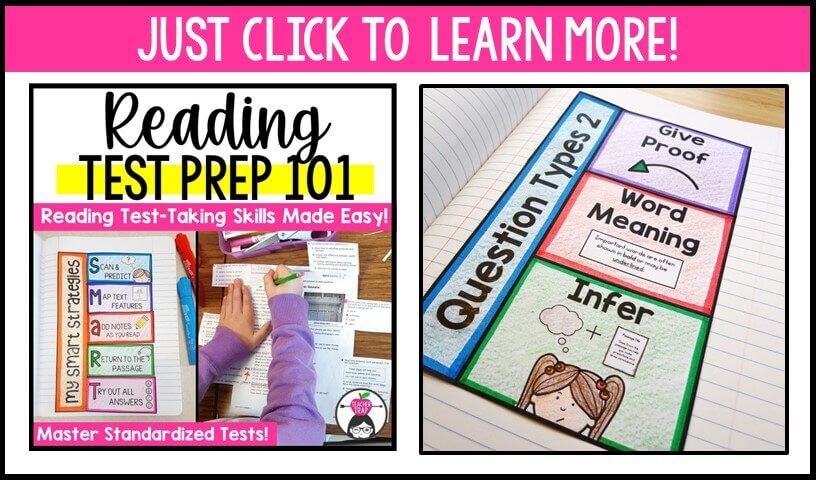
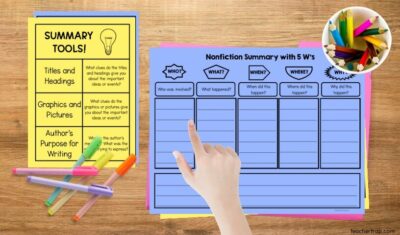
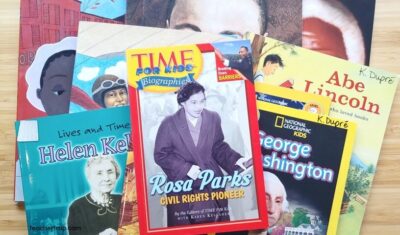


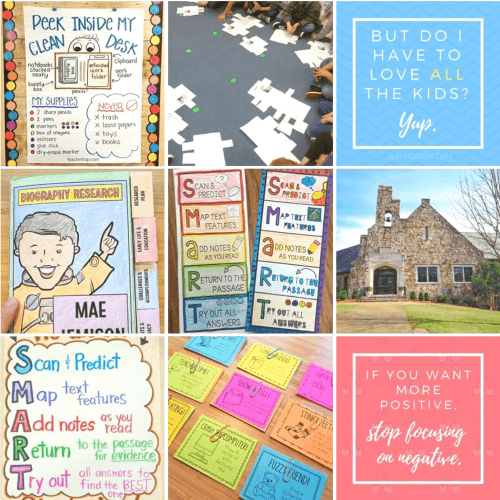
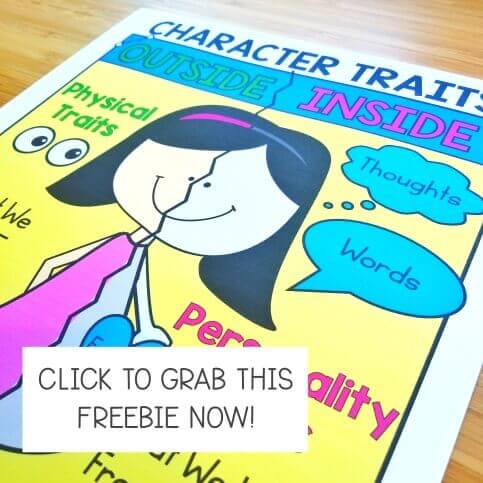
This is a GREAT resource and I wish I could use it! Unfortunately, our state is making all of our students K-5 take both the reading and math tests ONLINE!!! 🙁 I feel having them do all these great strategies would just confuse them on the test…
G
Very good ideas. I have been doing doing the scanning ,text features, eliminating answer choices, going back to text to find evidence, highlighting important details , etc. On a daily basis in small group reading as well as in intervention period. Some aspect is used in math and as well as in Science but now I will be making the anchor chart with the students and have them practicing so they can literally see that is what they really do on a regular basis. I like the idea of looking at the question types also and will be trying it out. Thank for sharing.